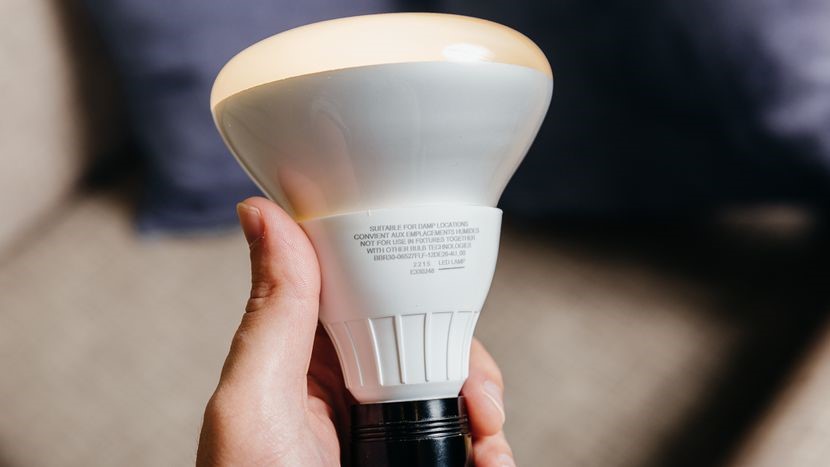Ceiling fans: The five main areas to consider when buying a ceiling fan
Safety First: When purchasing a new ceiling fan, safety is of utmost importance. Consider the size of your room. The blades of fans with larger sizes can reach up to 30 feet high. The blades can reach speeds as low as 500 revolutions per minute (RPM). You may need to install screws into the ceiling where you want your fan. Consider the strength of these fasteners and how they'll allow you to place them correctly as well as secure them. The weight of any ceiling fan also needs to be considered before assembly. You'll want to make sure that your fan can be mounted safely, securely and tightly in place.
Lighting Supplier

Size: The size of ceiling fans are measured in the diameter of the blade used to circulate air. The size of a room will determine what type and size of ceiling fan you need to purchase. You might have an alcove with no windows. Then, it's probably not very important for a large area to feel cool compared to other rooms in your home.
You may want some extra airflow moving around the room without spending too much money on it. Medium-sized fans are typically popular for rooms up to 18 feet square. To gather extra details on Latest LED Products please look at this web-site. Large rooms require larger fans, ranging from 52 inches - 72 inches in blade length. Rooms larger than this should be outfitted with a large fan, typically ranging from 72 - 80 inches.
Commercial Lighting
Type of Ceiling Fan: When you shop for ceiling fans, it's essential to understand the differences between ceiling fans and standard box fans. Both are designed for cooling, but each does it in its way. A fan is generally a mounted device, while a box fan is usually designed to sit on a flat surface. A standard box fan can range from 24 inches in diameter to 60 inches in diameter. Ceiling fans are generally larger, ranging from 52 inches (diameter) to 72 inches (diameter). Ceiling Fans also come in reversible and oscillating speed options.

Airflow & Appearance: The wind speed required to move air is measured in cubic feet per minute (CFM). The amount of air can be moved through your home in one minute or how much air can pass through a room every 30 seconds. The average ceiling fan moves about 40 CFM of air in an average-sized room.
The speed of a ceiling fan is measured in RPMs or rotations per minute. The most common blade speeds for ceiling fans are between 300-600RPMs. Most experts agree that the standard is between 350 - 400RPMs to produce adequate wind flows for cooling a room.
Reach To Us
Latest LED Products
Email: admin@lightingandsupplies.com
Website: https://lightingandsupplies.com/
Google Site: https://sites.google.com/view/lighting-and-supplies/


